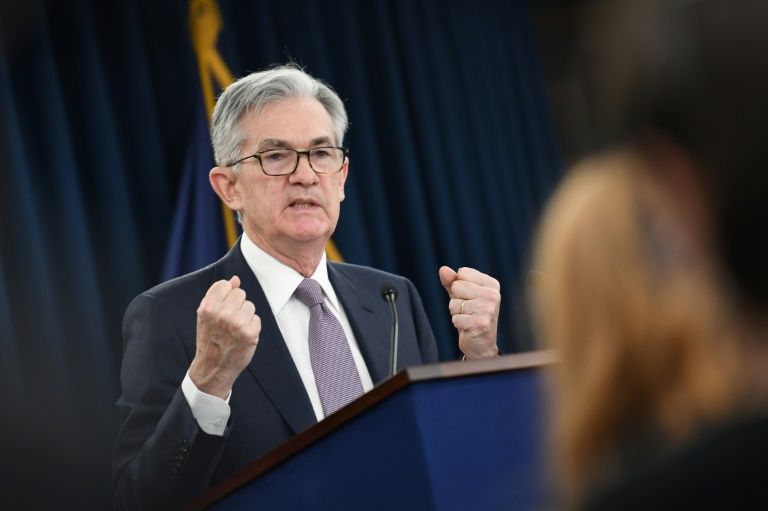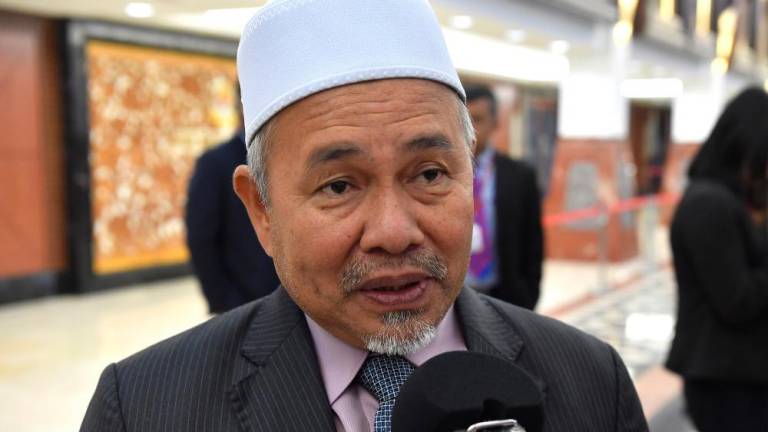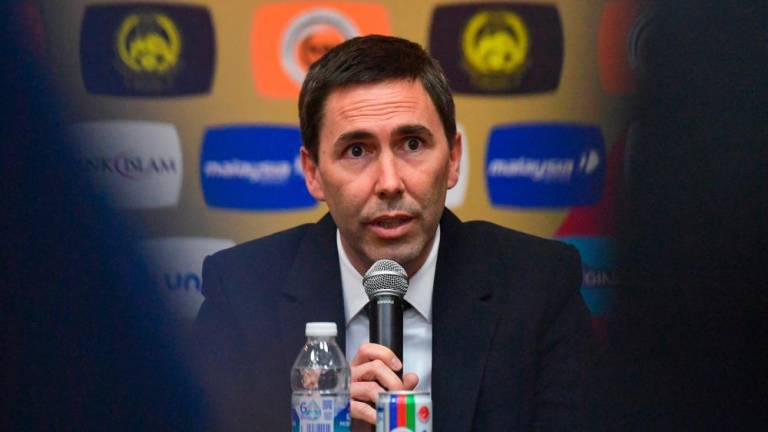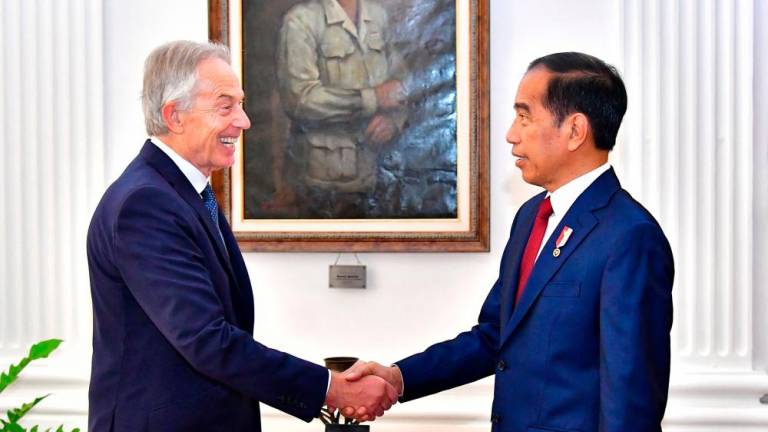WASHINGTON: The Federal Reserve kept its key lending rate unchanged on Wednesday but said it will turn its sights to low inflation and developments in the world economy.
That was a signal that central bankers, who have repeatedly pledged to change course if needed, are monitoring the global slowdown and persistent absence of price pressures, which open the door to further rate moves.
At its final meeting of 2019, the Fed’s policy-setting Federal Open Market Committee left the benchmark interest rate in the target range of 1.5-1.75 percent, as expected, where it has been since the third rate cut of the year in October.
The vote this time was unanimous, following several meetings where one or more FOMC members dissented.
The decision, though widely expected, is unlikely to please President Donald Trump who has repeatedly berated the Fed and called on its Chairman Jerome Powell (pix) to slash rates to zero to supercharge the US economy, which Trump says is at a disadvantage against foreign economies with lower rates.
Powell will hold a press conference starting at 2:30 pm (1930 GMT) to explain the rationale behind the decision.
Prior to the meeting, Powell and other Fed officials clearly signaled they were likely to stand fast as they wait to see the effects of the stimulus provided this year.
But in a key change to the policy statement, the FOMC said officials “will continue to monitor the implications of incoming information for the economic outlook, including global developments and muted inflation pressures.”
The statement notes that despite robust household spending, business investment and exports remain weak.
Fewer leaning towards rate hike
Trump’s trade war with China has created uncertainty for American businesses, which for over a year have reported curtailing investment, while US manufacturing has fallen into recession.
As the tariff battle rages some prices have been distorted, and exports of farm goods in particular have suffered. But even so and despite unemployment at a 50-year low of 3.5 percent, price pressures have not appeared.
That has baffled Fed policymakers, but also allowed them to lower interest rates to keep the record 11-year US economic expansion going, even as key economies worldwide slow.
There were few surprises in the Fed’s quarterly economic forecasts, with the policy interest rate expected to remain steady in 2020 and end the year at a median of 1.9 percent.
And fewer central bankers now lean towards a rate hike next year.
Inflation and growth are expected to hold steady around 2 percent for the next two years, while unemployment is seen holding around the current 3.5 percent level.
Futures markets as of Tuesday predicted the Fed will be on hold until September of next year. But some economists think another rate cut could come before the summer as dark clouds gather on the horizon. -AFP














